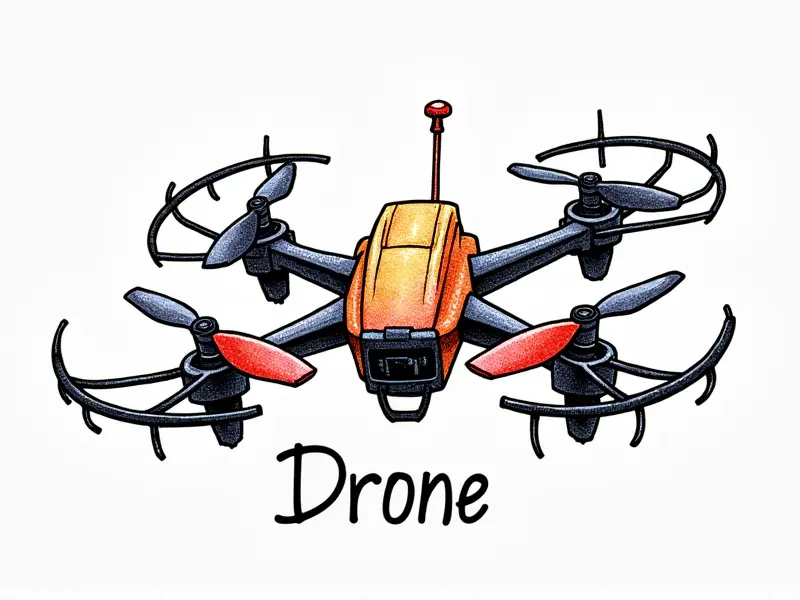Can RC planes carry passengers?

Can RC Planes Transport People Safely?
The idea of transporting people using remote-controlled (RC) planes might seem like a futuristic concept straight out of science fiction, but is it feasible? The short answer is that current technology does not allow for the safe transportation of human passengers in RC aircraft. However, exploring this question can reveal interesting insights into the capabilities and limitations of RC planes.
Future of RC Planes: Carrying People?
The future of aviation is undeniably exciting with advancements like drones and autonomous vehicles becoming more prevalent. Yet, when it comes to carrying passengers via RC planes, we need to consider several technological hurdles. The main challenge lies in ensuring the safety and reliability of such a system.
RC Planes & Human Transportation
Remote-controlled aircraft are designed primarily for recreational purposes like hobby flying or aerial photography. They lack the necessary features required for safe human transportation, including robust structural integrity, advanced navigation systems, and fail-safe mechanisms to protect passengers in case of technical failures.
Is Passenger Transport by RC Plane Feasible?
The feasibility of transporting people using RC planes hinges on overcoming significant technological barriers. Current RC aircraft are not equipped with the sophisticated avionics or safety features needed for human transport, such as collision avoidance systems and emergency landing protocols.
Are RC Planes Safe for Passengers?
Safety is paramount when it comes to transporting humans. Traditional passenger planes undergo rigorous testing and certification processes to ensure they meet stringent safety standards. In contrast, RC planes are built for recreational use and do not adhere to the same level of safety requirements.
Could You Ride in an RC Plane?
The prospect of riding in an RC plane might seem thrilling but it is currently impractical due to numerous limitations. For instance, RC planes lack the necessary passenger accommodations like seats, oxygen masks, and emergency exits that are standard in commercial aircraft.
Dream or Reality: RC Planes with Passengers
While the concept of RC planes carrying passengers remains a dream for now, ongoing advancements in technology could potentially make it a reality someday. Innovations such as autonomous flight systems and improved materials might address some of the current limitations.
RC Aircraft for Passenger Use: Reality or Fiction?
The notion of using RC aircraft for passenger transportation is largely fictional at present due to technological constraints. However, this doesn't mean that future developments in drone technology cannot lead to breakthroughs that make such scenarios possible.
Challenges of RC Planes with Passengers
- Limited Structural Integrity: RC planes are not designed to withstand the stresses associated with carrying human passengers, especially during emergencies like sudden turbulence or mechanical failures.
- Lack of Safety Features: Current RC aircraft lack essential safety features such as emergency parachutes, anti-collision systems, and redundancy in critical components.
- Navigational Limitations: Advanced navigation systems required for passenger transport are not yet integrated into RC technology. Autonomous flight control is still in its infancy compared to full-scale aviation standards.
The Future of RC Planes: Human Transport?
While the immediate future doesn't see RC planes transporting people, long-term advancements could change this scenario. Developments in autonomous drone technology and materials science might eventually pave the way for safer and more reliable RC aircraft capable of carrying passengers.
Exploring the Potential for Passenger-RC Planes
As we continue to innovate and push the boundaries of what is possible with remote-controlled aviation, it's important to consider both the challenges and opportunities. Research into lightweight yet durable materials, enhanced flight control systems, and fail-safe mechanisms could bring us closer to realizing this futuristic vision.
Conclusion
The idea of RC planes carrying passengers remains largely in the realm of science fiction for now due to significant technological barriers. However, ongoing advancements in drone technology, autonomous flight systems, and materials science offer hope that someday, RC aircraft might be capable of safely transporting humans. Until then, it's crucial to focus on ensuring the safety and reliability of existing RC planes while exploring new possibilities that could transform this field.

